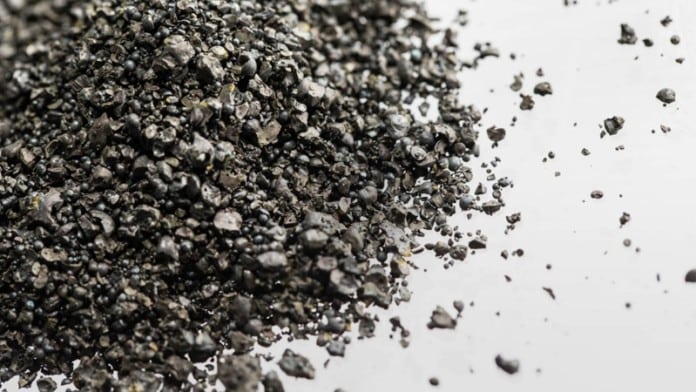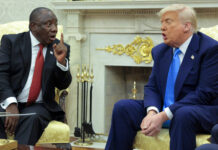
NICKEL prices have plummeted to just over $15,000 per ton – roughly one-third of their 2022 peaks – undermining Western efforts to reduce dependence on Indonesian production despite the metal’s strategic importance for defense and electric vehicle manufacturing, said the Financial Times in an article on Wednesday.
Indonesia controls 65% of global nickel production through low-cost Chinese-operated facilities, and this dominance is strengthening as competitors withdraw. Australian output dropped 25% last year while New Caledonian production halved. BHP recently announced it was reviewing potential sale of its Western Australian nickel operations, highlighting severe financial pressures across the sector, the newspaper said.
Even Chinese operators are responding to oversupply, with major producer Tsingshan suspending several stainless steel production lines as market conditions deteriorated.
Indonesia aims to extend control downstream, positioning itself as a major battery and electric vehicle manufacturing hub rather than merely supplying raw materials. While overall nickel demand may remain stable, its composition will shift significantly—from stainless steel applications (currently four-fifths of usage) toward battery applications throughout the decade.
However, alternative battery chemistries excluding nickel are gaining traction. Lithium iron phosphate cells, despite inferior performance, offer better sustainability credentials and lower costs, potentially limiting nickel’s automotive growth prospects.
The metal’s strategic significance for defense and aerospace has prompted US policymakers to seek supply chain diversification, but current market dynamics work against such efforts.
Unless market fundamentals improve significantly, Indonesia’s stranglehold on global nickel supply will likely tighten, leaving Western governments with limited diversification options, said the Financial Times.











